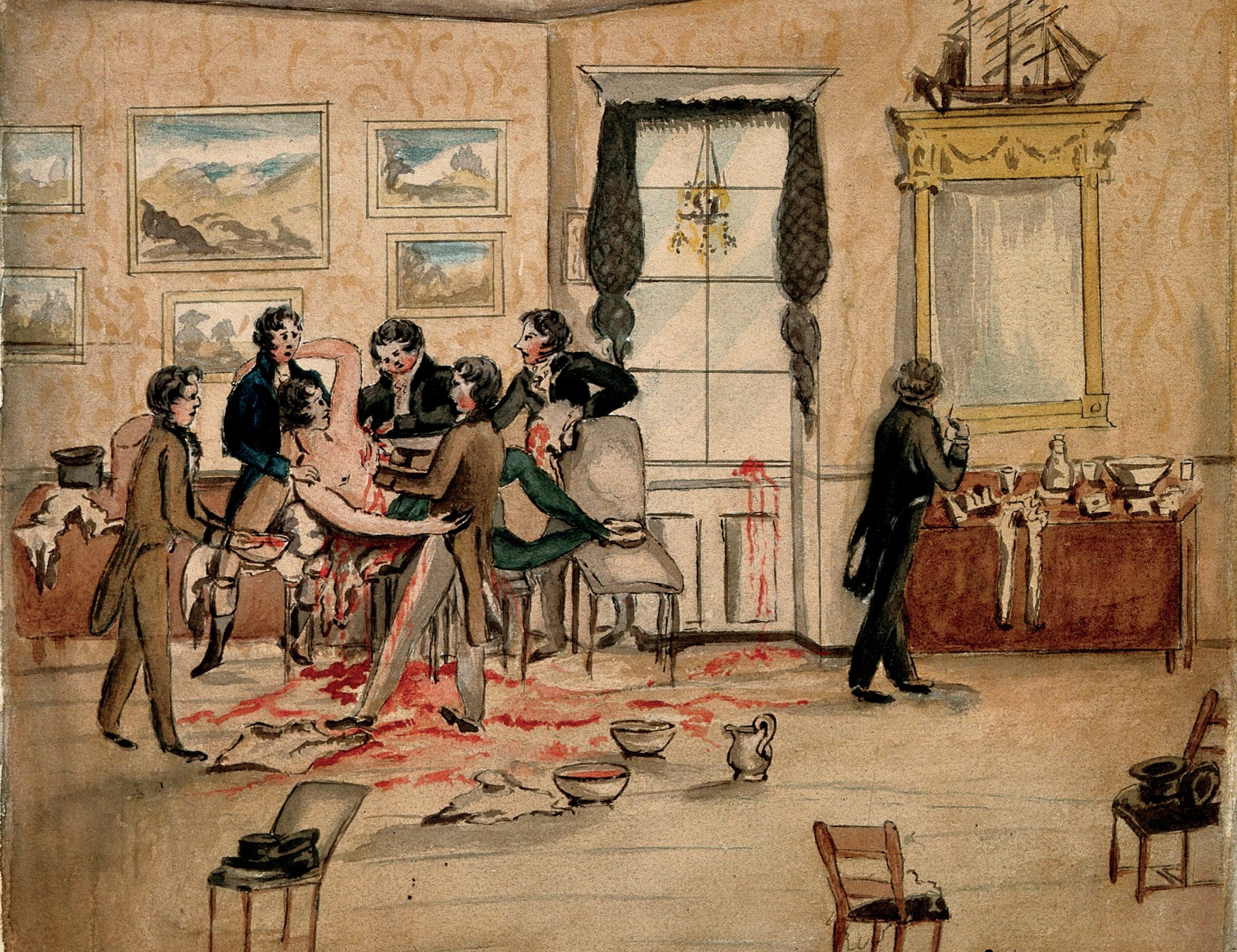
In the early 1860s, Louis Pasteur took two swanneck flasks with narrow, curved openings, filled them with a rich, sugar-filled liquid broth, and boiled them. He broke the neck of one flask and left the other one unbroken so dust particles could not get inside. A few days later, he checked them The broth in the broken flask was cloudy because microbes had begun to grow in it, but the broth in the unbroken flask remained exactly as it was.
Pasteur’s experiment had disproven the prevailing idea of spontaneous generation — that living creatures like microbes could grow out of nonliving matter, such as the sterile broth and air in the unbroken swan-neck flask. Instead, he showed that it was tiny particles in the air called ‘germs’ which caused microbes to grow and food to go off.
Your organisation does not have access to this article.
Sign up today to give your students the edge they need to achieve their best grades with subject expertise
Subscribe




